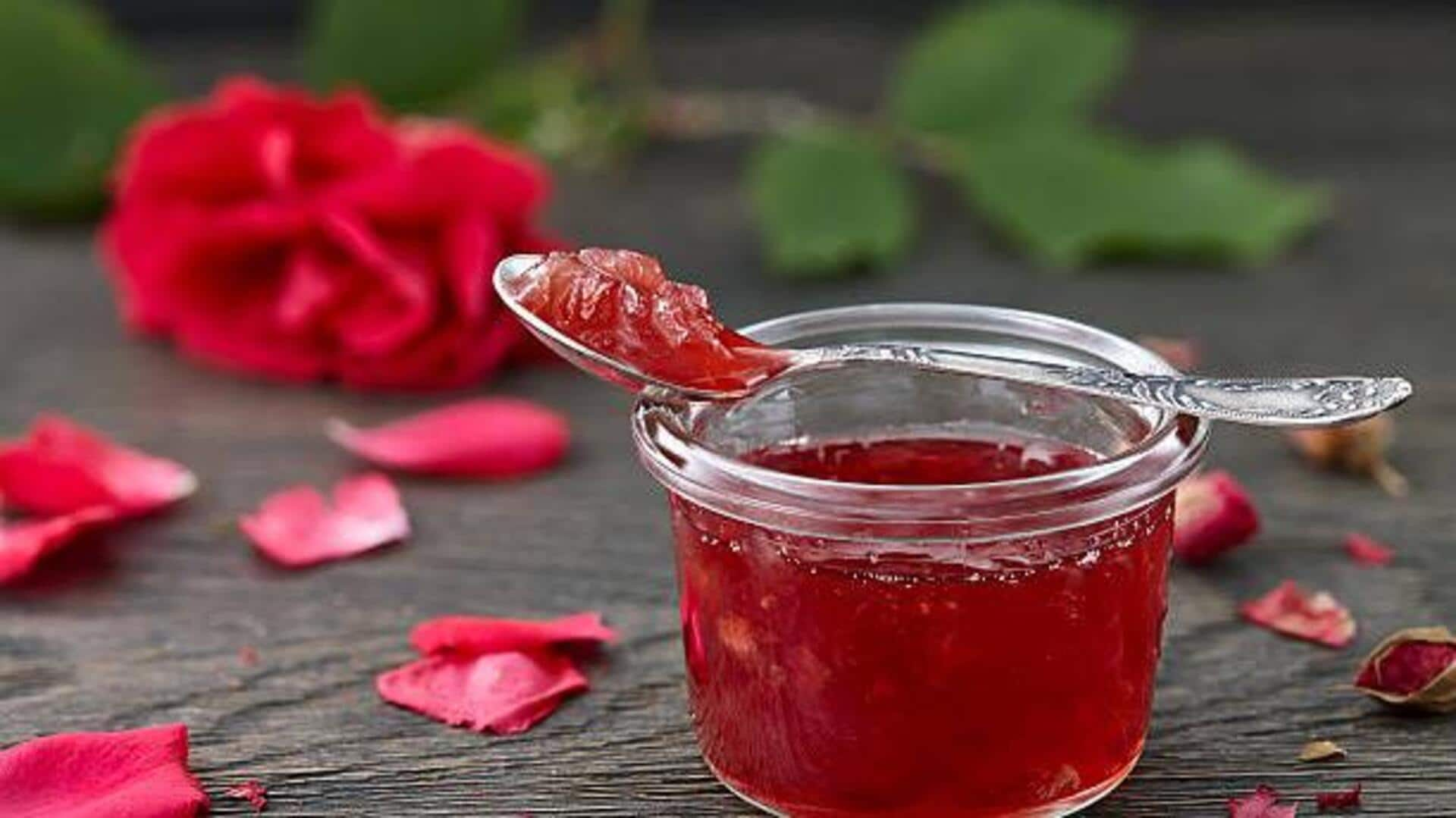
Spice up your plate: Hibiscus meal ideas
What's the story
Hibiscus is a vibrant and versatile plant that occupies an integral place in African cuisine. With its tart flavor and rich hue, the hibiscus finds its way into an array of dishes and beverages all over the continent. The culinary uses of hibiscus are plenty, from refreshing drinks to flavorful sauces, making it an essential ingredient in many traditional recipes. Let's take a look.
Drinks
Hibiscus as a refreshing beverage
Hibiscus is famously used to prepare refreshing drinks like bissap or zobo. These drinks are loved due to their tangy flavor and deep red color. Prepared by steeping dried hibiscus petals in water, they are usually sweetened with sugar or honey and spiced with ginger or mint. Served chilled, these drinks are consumed throughout Africa as a cooling refreshment on hot summer days.
Cooking
Culinary uses beyond beverages
Beyond drinks, hibiscus is used in several dishes for its distinct flavor. In some parts, it is made into sauces that are served with grains or vegetables. The petals can be cooked down to make a tangy sauce that brings depth to the meal. Dried hibiscus can also be ground into powder to be used as seasoning or thickening agent in soups and stews.
Health
Nutritional benefits of hibiscus
Not just taste, hibiscus has a lot of nutritional value. It is loaded with antioxidants, which help fight oxidative stress in the body. The plant also has vitamin C, which promotes immune health. Eating foods made out of hibiscus regularly may keep you healthy due to these properties.
Tradition
Cultural significance across regions
The use of hibiscus differs from one African culture to another but remains an integral part of culinary traditions wherever it appears. In some communities, it is of cultural significance during festivals or special occasions. Here, certain hibiscus-based dishes are prepared as a part of traditional celebrations.